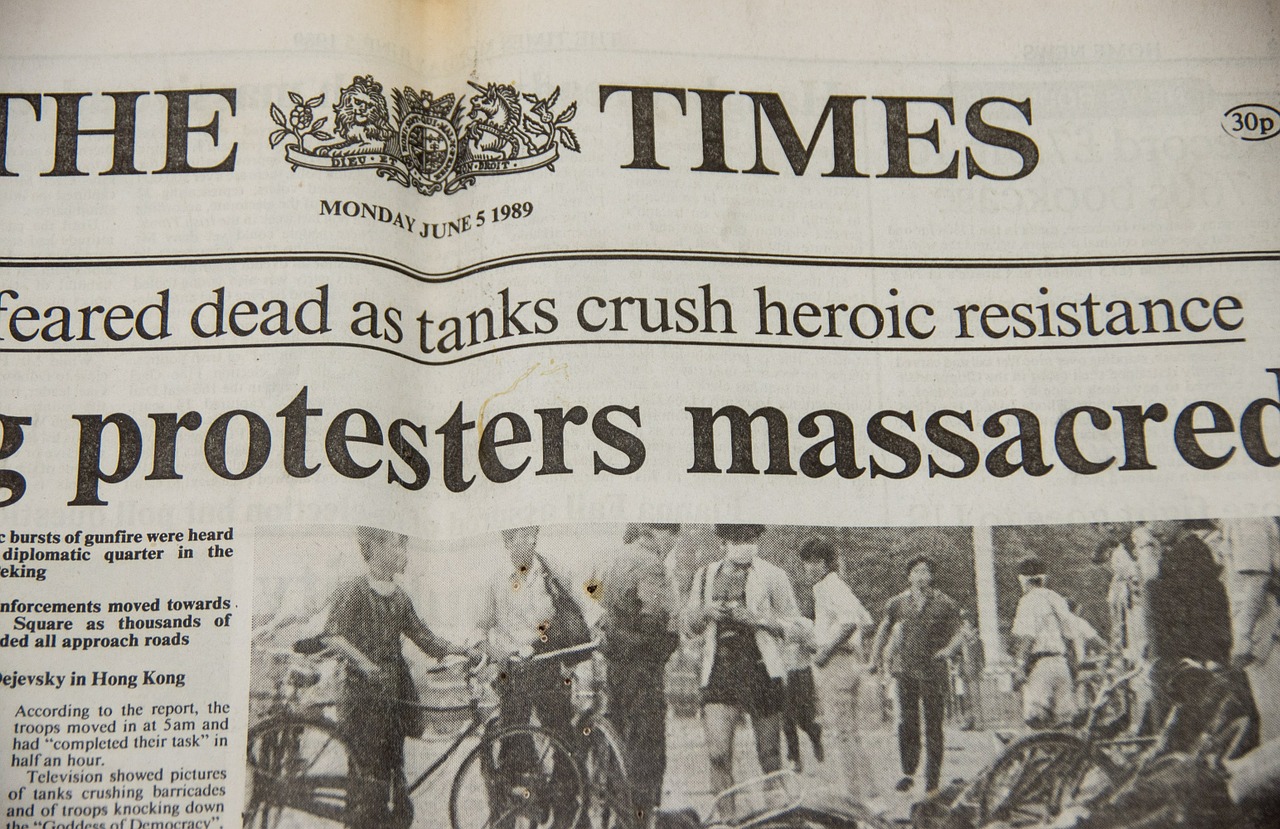Part of the challenge of being a professional writer is always being “on.” In other words, when you write for six, eight, or 10 hours per day, how can you continue to pump out quality content that’s both engaging and error-free? It’s difficult, for sure. However, it’s also incredibly important if you want to have a healthy and profitable career.
5 Tips for Writing Captivating Content
Clients are looking for writers who can craft compelling content that grabs their audience’s attention. In order to satisfy these demands, think about the following tips and techniques when you’re writing anything that will be going in your portfolio. Here is how to write compelling content time after time.
Focus on the Title
On average, five times as many people read the headline as the actual body copy. Not only does this mean that the title is important, but it actually indicates that the title is the most important component of a piece of content. If you don’t captivate the reader with your title, they likely won’t read the body at all.
This is certainly true in certain fields, say, real estate. Real estate professionals spend much more time crafting headlines than they do the copy within the listing. The reason is that they understand the value of first impressions and just how influential a title can be. Take a page out of their book and make sure you’re giving headlines the attention they deserve.
Hook Readers with the Intro
Did you know that the average person’s attention span is just 8.25 seconds? This is down from 12 seconds in 2000 and shows how challenging it is for a writer to reel in a reader.
Your best chance at getting an individual to read your content from start to finish is to hook them with a powerful introduction. If you don’t grab them within eight seconds, you probably won’t keep them around. Tell a story. Make a bold claim. Paint a clear picture. Do whatever you have to do to engage the reader from the start.
Follow Through on the One-Two Punch
While an attention-grabbing introduction is important, you need to capitalize on this initial strike with a strong second punch. Otherwise, you’re going to waste the opportunity.
The Ultimate Guide to Copywriting
As a business consultant, Marcia Hoeck says, “Make sure your second punch, the actual information or message for which you grabbed her attention in the first place, is worthwhile.” If you can land the one-two punch, most people will hang on through the final call-to-action.
Choose Quality Images
While it may seem strange for a writer to focus on images, the reality is that most readers are visually inclined. You need to spend a fair amount of energy on finding images and visuals that resonate with the audience. Quickly choosing stock images out of haste is not going to do you any favors. In fact, it could turn readers away.
Interact with the Reader
One of the biggest mistakes you can make is writing in the third person. This is cold and detached. If you want to engage users, use the second person – and don’t be afraid to ask questions.
The second person voice tells the reader that they are a part of the experience. You are writing with them in mind, as opposed to simply writing for the sake of publishing something. There are also times when the first person is okay, but this obviously isn’t appropriate in every situation.
Putting it All Together
You can’t approach every piece of content with the same strategy, but keeping these tips in mind will help you actively think about grabbing the reader’s attention. Ultimately, your ability to write captivating content will determine your success as a writer.




Leave a Reply